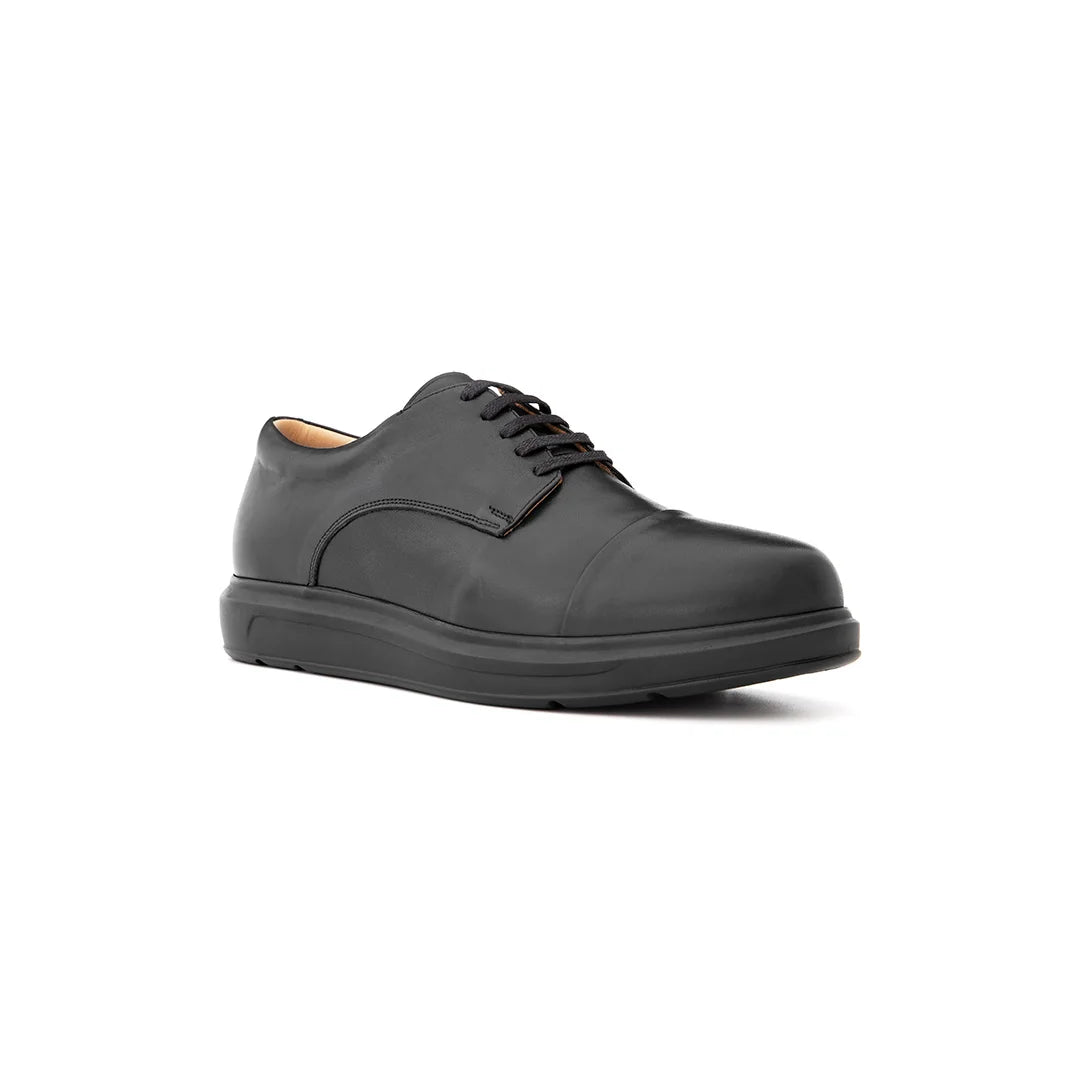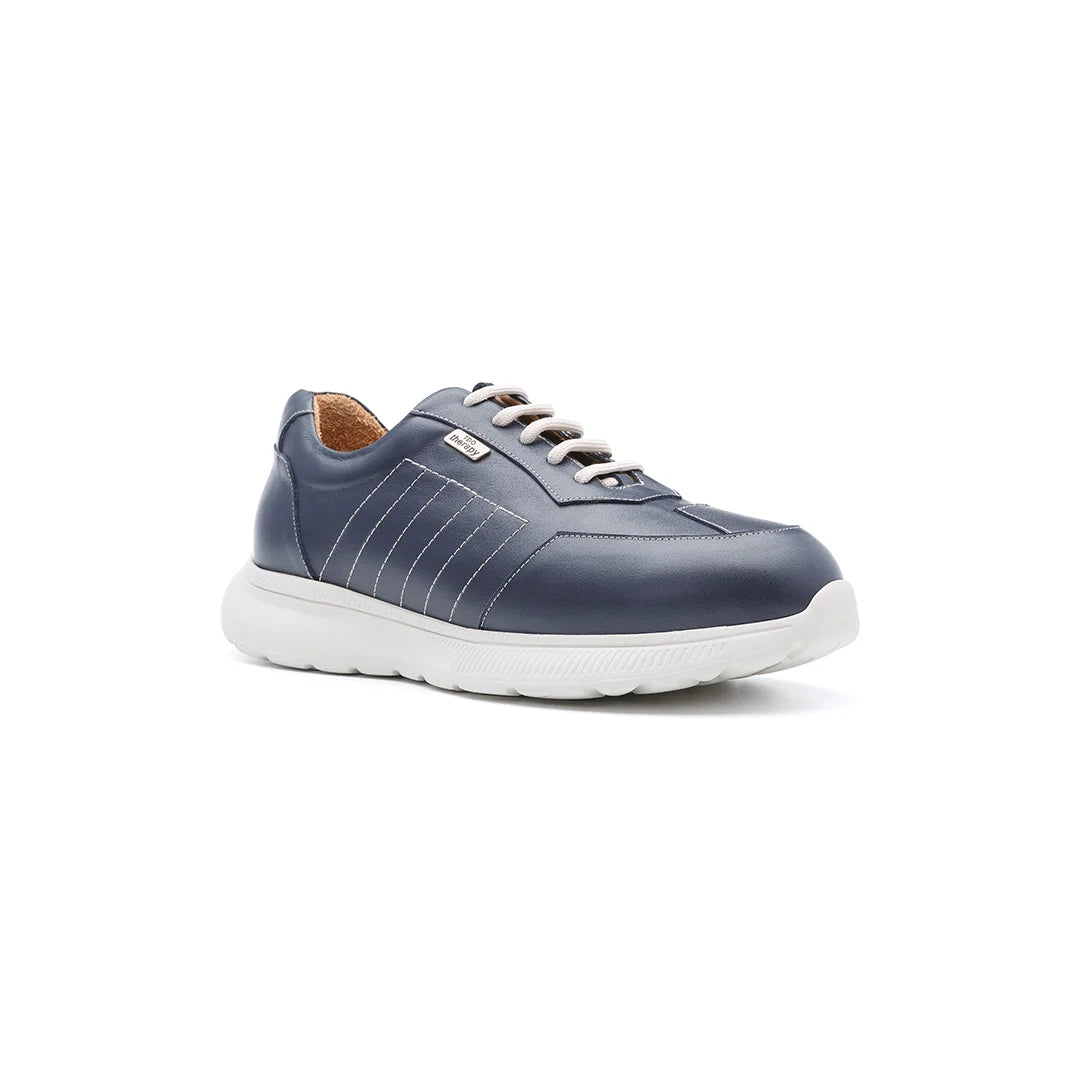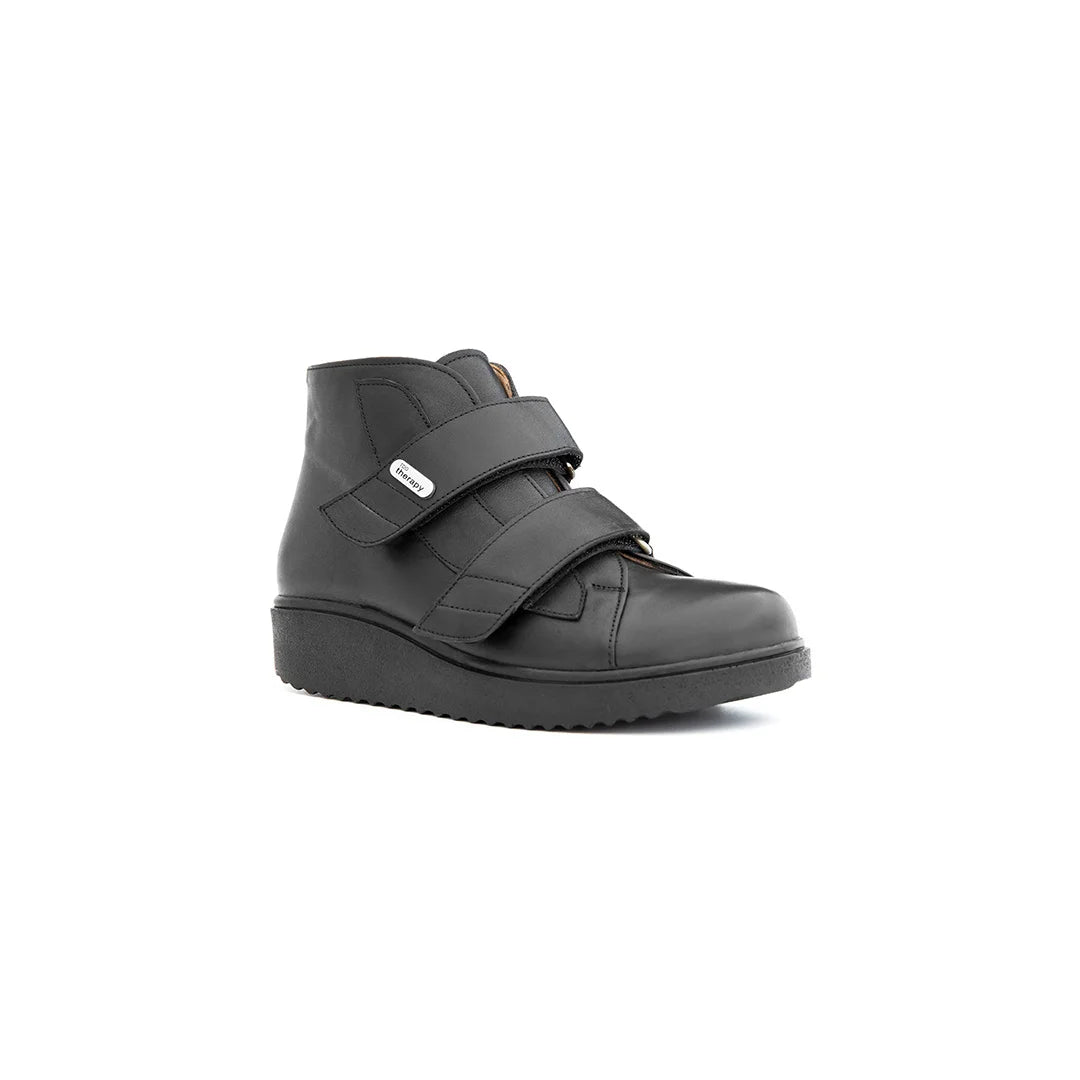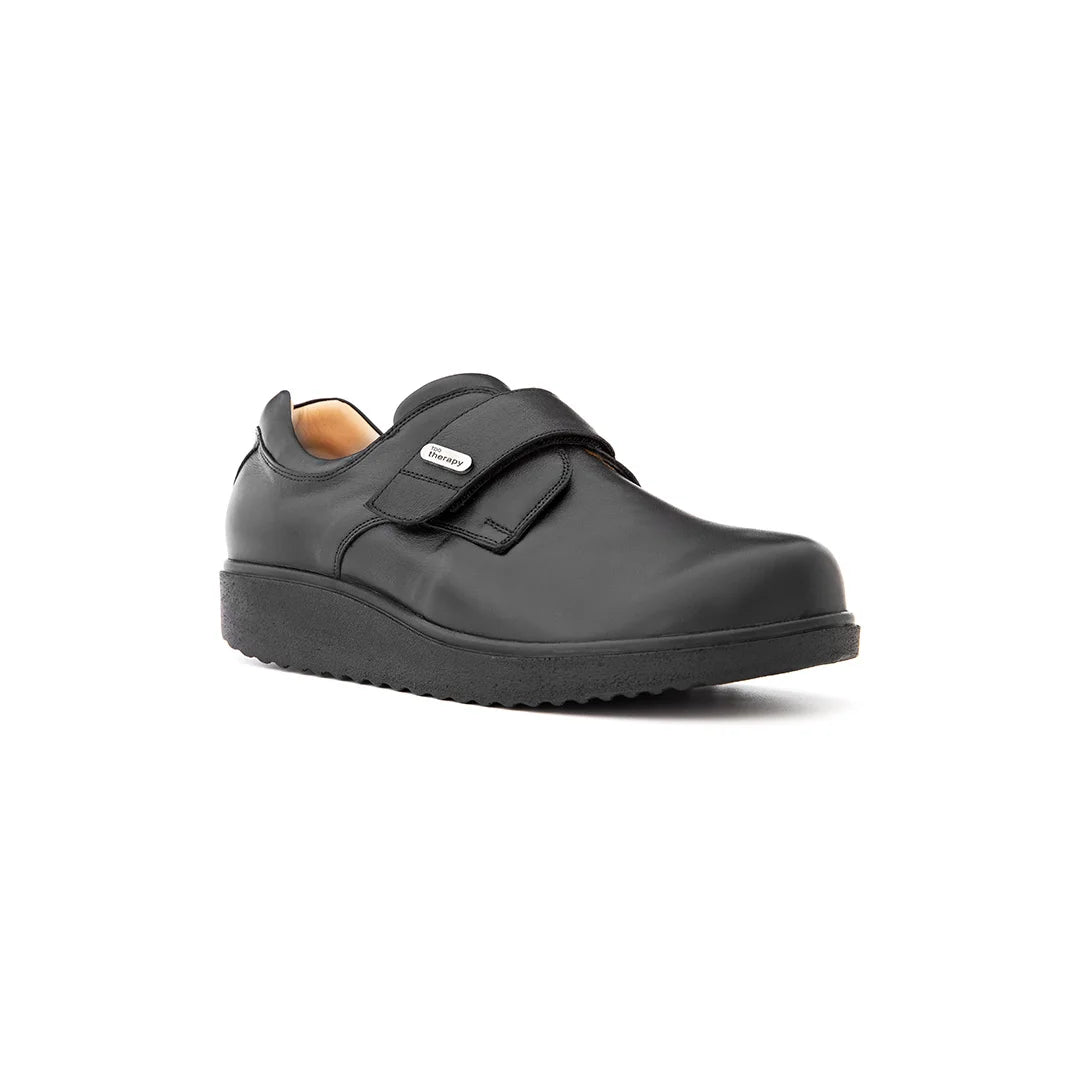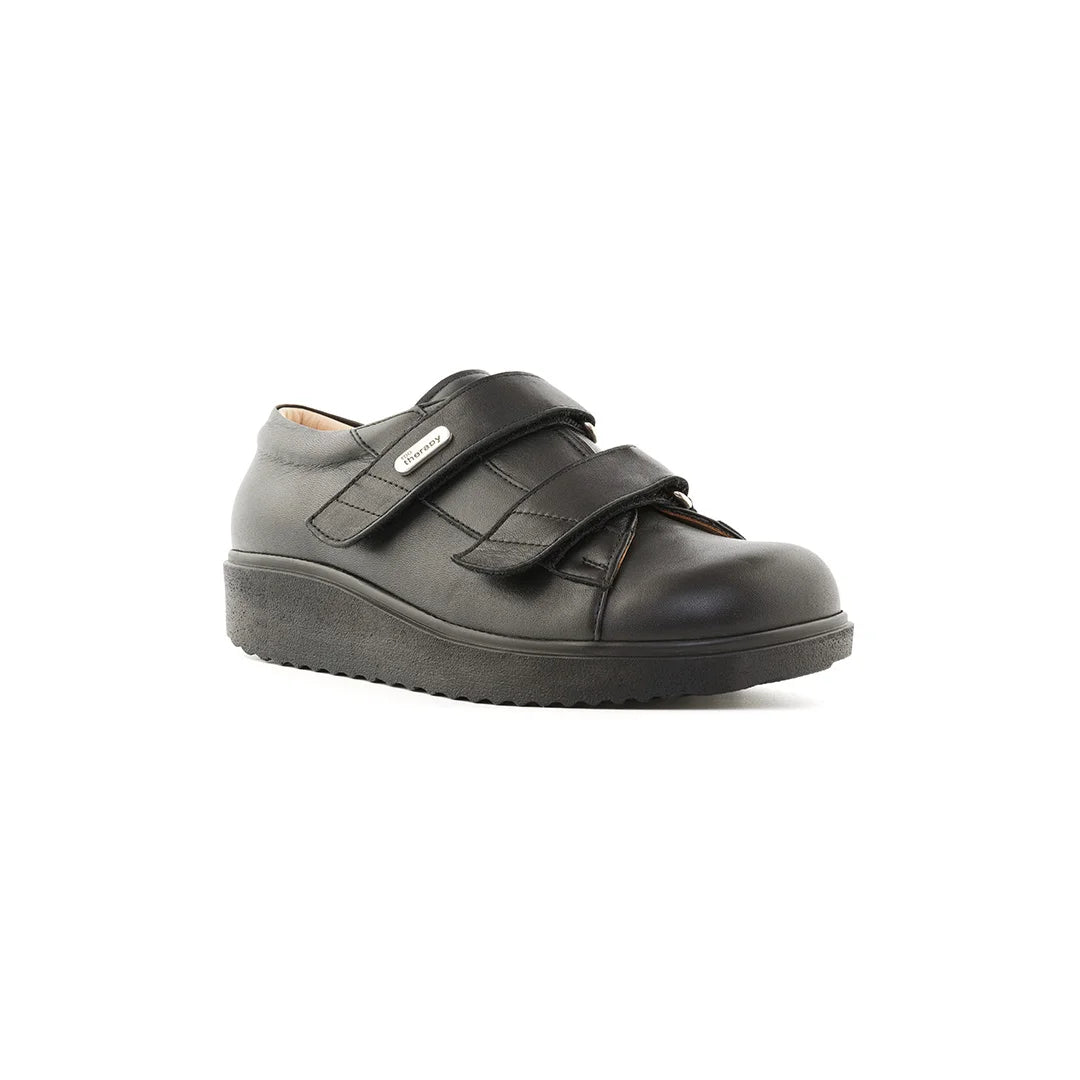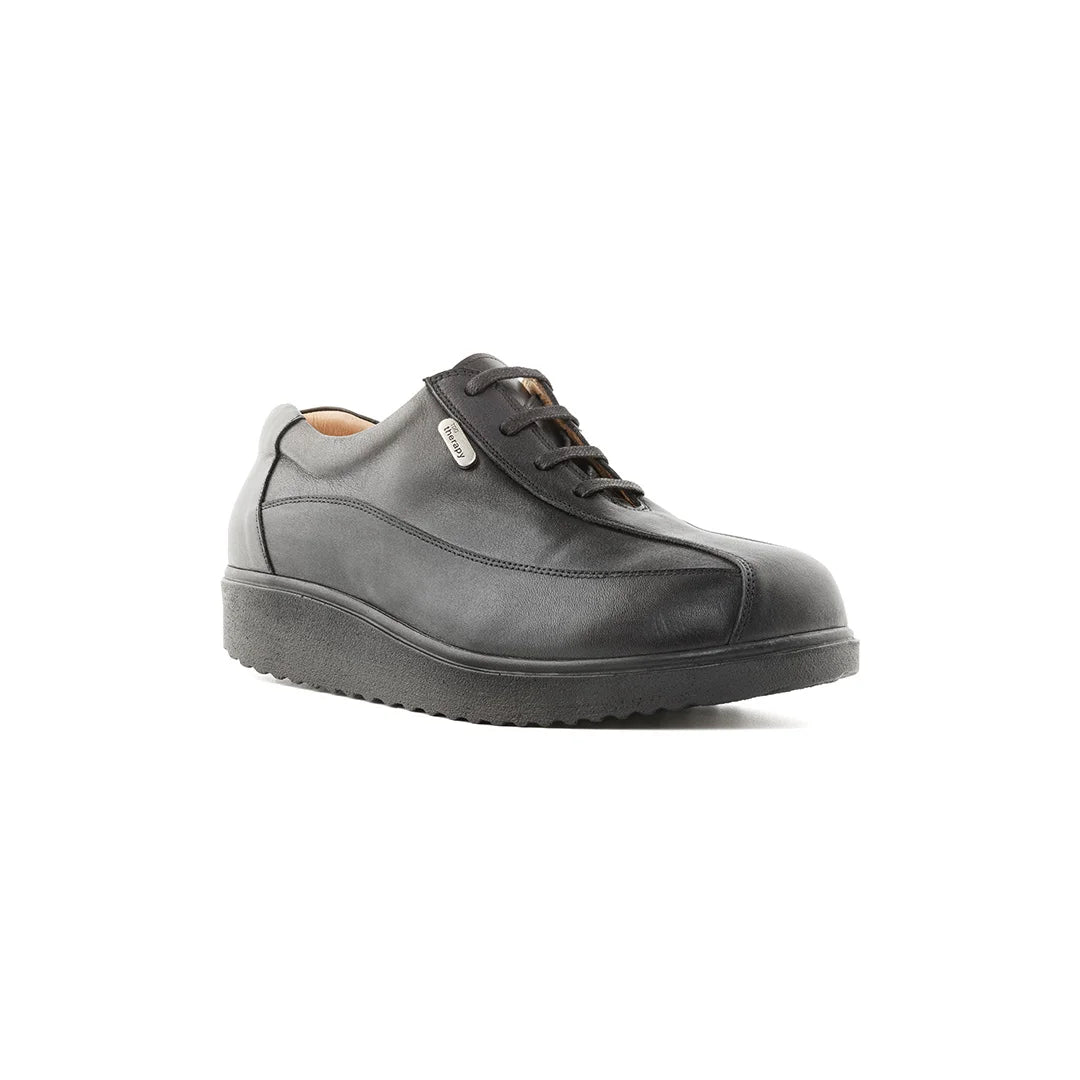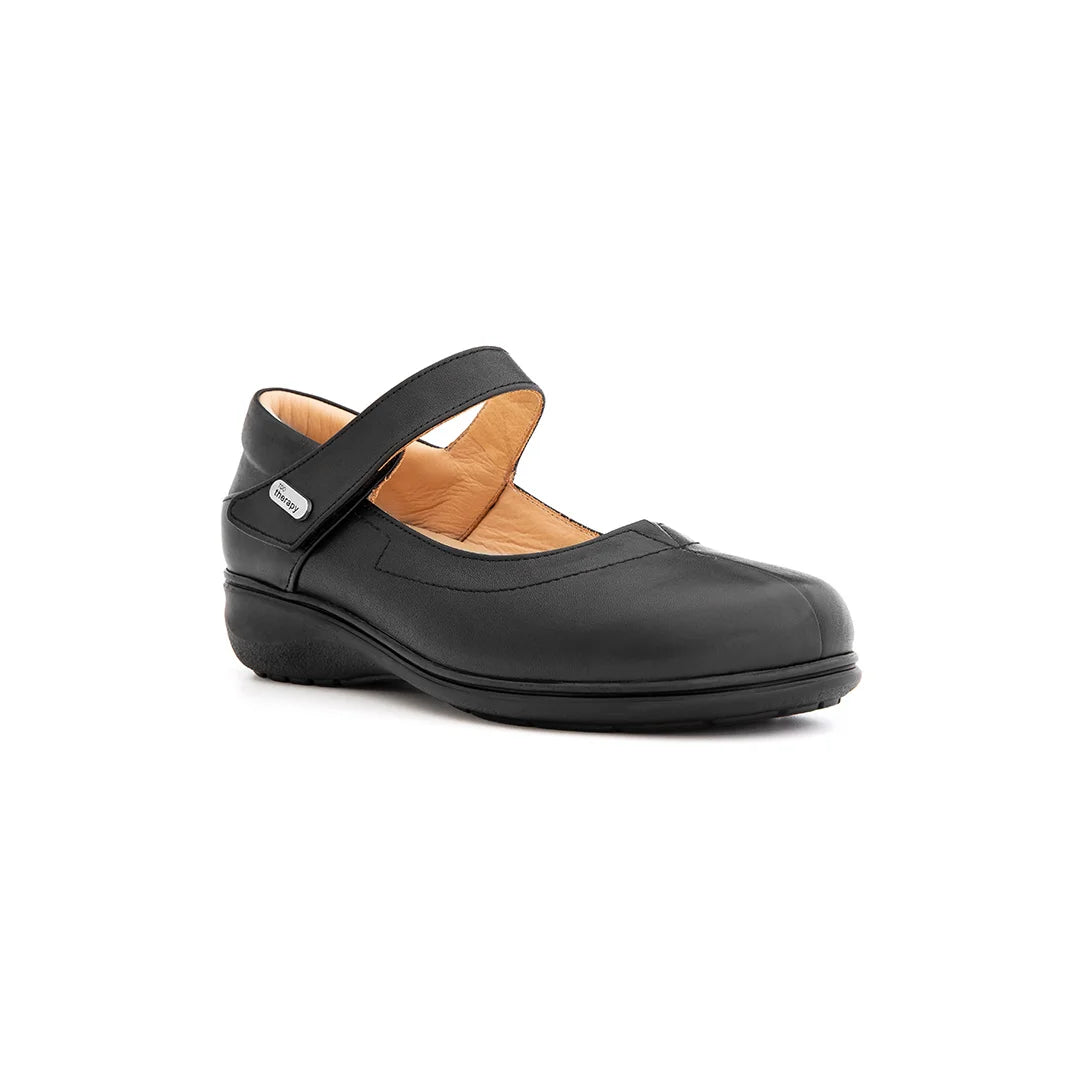Introduction
For elderly individuals in the UK, walking is more than just a form of exercise—it’s a vital part of maintaining independence, social interaction, and overall well-being. However, as we age, our feet become more vulnerable to conditions such as arthritis, plantar fasciitis, neuropathy, or simple foot fatigue. Choosing the right walking shoes can help prevent pain, reduce the risk of falls, and make everyday activities easier and safer.
The best walking shoes for elderly people in the UK combine orthopedic design with comfort, support, and practicality. They are not only medical in nature but also stylish and adaptable, ensuring that seniors can feel confident and comfortable at the same time.

Why Walking Shoes Matter for the Elderly
Mobility & Balance
Maintaining stability is one of the greatest challenges for elderly individuals. The right walking shoes offer non-slip soles and stable bases that reduce the risk of trips and falls. Walking on uneven pavements, wet surfaces, or park paths can be dangerous without proper grip. Supportive shoes with wider soles give seniors the confidence to keep moving safely.
Pain Relief
Aging often comes with joint pain, arthritis, and reduced cushioning in the feet. Walking shoes with padded insoles and shock-absorbing midsoles protect the feet from impact. This reduces strain on the ankles, knees, and hips, making daily walks more enjoyable and less painful.
Ease of Use
Many elderly people struggle with laces due to reduced hand strength or arthritis in their fingers. Shoes with Velcro straps or simple adjustable fastenings allow seniors to put shoes on independently, preserving dignity and convenience.
Diabetic Protection
For elderly individuals with diabetes, footwear plays a crucial role in preventing foot complications. The best walking shoes for diabetic seniors have seamless interiors, protective cushioning, and breathable materials to reduce friction and prevent ulcers.
Key Features of the Best Walking Shoes for Seniors in the UK
Supportive Cushioning
Elderly feet are more sensitive to pressure. Shoes with cushioned midsoles provide shock absorption and help distribute weight evenly across the foot. This prevents hotspots and reduces fatigue during long walks.
Wide Fitting Options
Swelling, bunions, and hammertoes are common in elderly feet. Shoes with extra width and depth accommodate these conditions without squeezing or rubbing, allowing for a natural and pain-free fit.
Breathable & Lightweight Materials
Heavy shoes can make walking difficult and tiring. Lightweight shoes made of breathable leather or mesh ensure comfort while regulating temperature. This prevents overheating and reduces moisture buildup, which is essential for foot health.
Rocker Bottom Soles
Rocker soles are designed to support the natural motion of walking. They reduce pressure on the heel and forefoot, which is particularly beneficial for seniors with arthritis or joint stiffness.
Easy-Fasten Closures
Velcro or strap closures make shoes easy to adjust throughout the day. As feet swell, shoes can be loosened without removing them completely, making them practical for long wear.
When Do Seniors Benefit the Most from Walking Shoes?
-
Daily errands: Comfortable shoes make shopping and commuting less tiring.
-
Social visits: Seniors can enjoy time with friends and family without worrying about foot pain.
-
Community walks or exercise: Proper shoes encourage active living and participation in walking groups or light fitness sessions.
-
Travel: Whether it’s a holiday or a simple day out, good walking shoes prevent discomfort during long hours on foot.
FAQ – Walking Shoes for Elderly
Q: Should elderly people choose orthopedic shoes even without foot problems?
A: Yes, orthopedic shoes provide preventive support. Even if there are no diagnosed issues, they protect joints, improve balance, and reduce fatigue.
Q: What’s the difference between walking shoes and regular trainers?
A: Trainers are designed for sports impact, whereas walking shoes for elderly focus on comfort, wide fit, breathability, and safety against slips.
Q: How can I tell if shoes are too tight for an elderly person?
A: Look for redness, pressure marks, or swelling after wear. Shoes should allow wiggle room for toes and not leave deep marks on the skin.
Q: Can elderly people wear insoles with walking shoes?
A: Yes, many orthopedic walking shoes come with removable insoles, allowing custom orthotics to be inserted if needed.
Q: How often should walking shoes be replaced?
A: Depending on usage, shoes should be replaced every 12–18 months. Worn-out soles or reduced cushioning are signs it’s time for a new pair.
Final Thoughts
For elderly individuals in the UK, the right walking shoes mean more than comfort—they mean freedom, safety, and independence. Whether dealing with medical conditions such as diabetes and arthritis or simply wanting a supportive pair for daily activities, orthopedic walking shoes provide the ideal balance of function and style.
By prioritising cushioning, wide fit, breathable materials, and easy closures, seniors can enjoy walking without fear of pain or injury. The right pair can transform everyday life, turning each walk into an opportunity for health and happiness.




